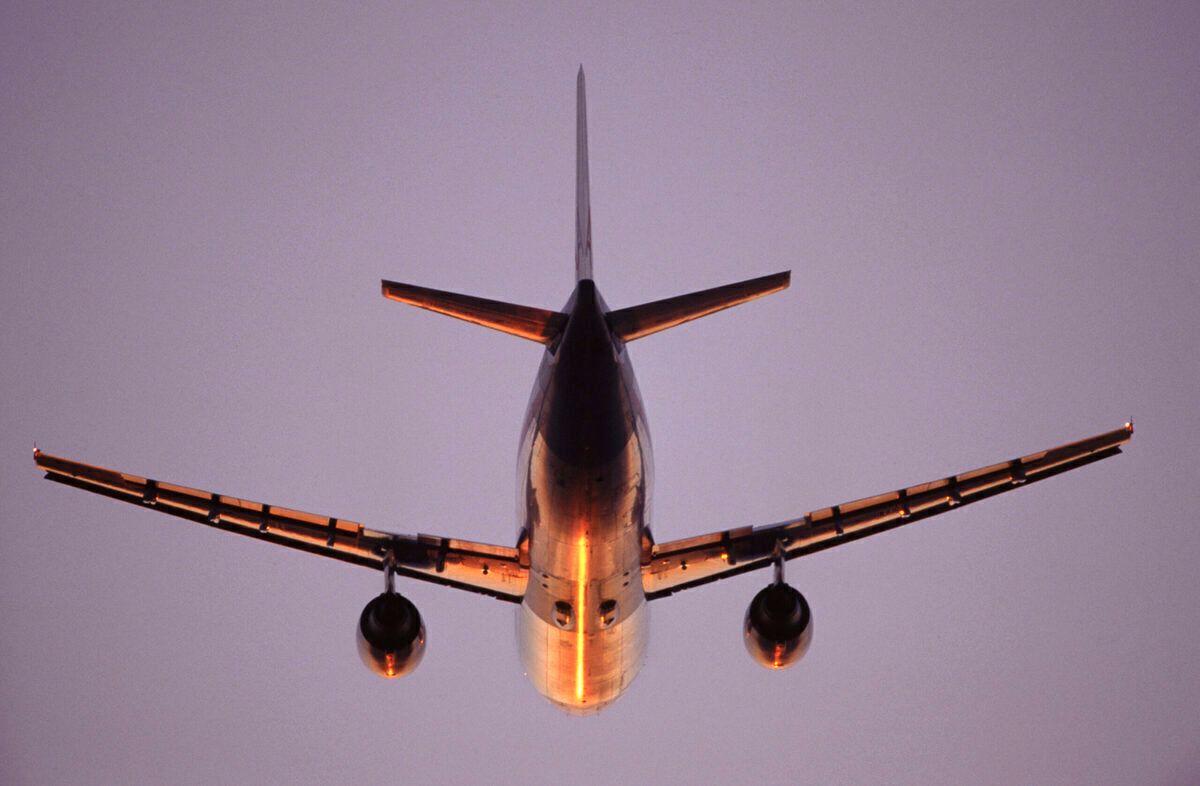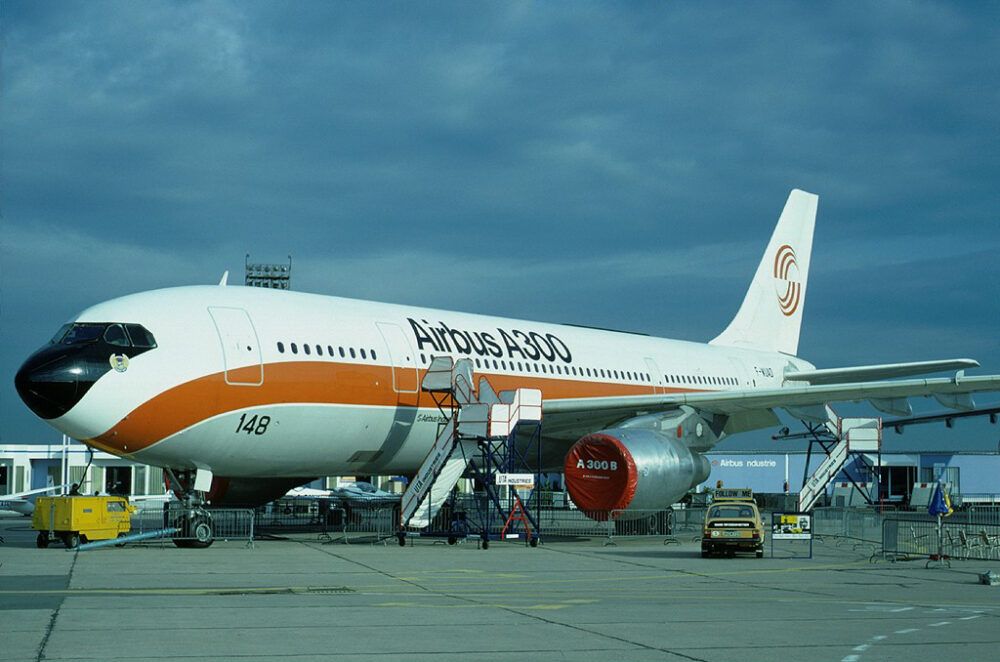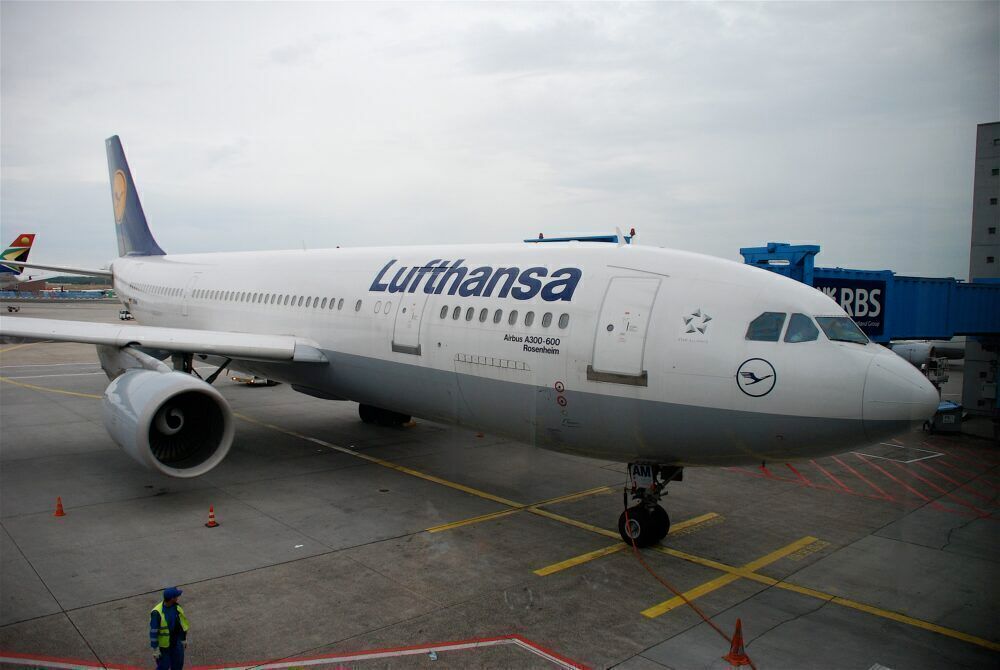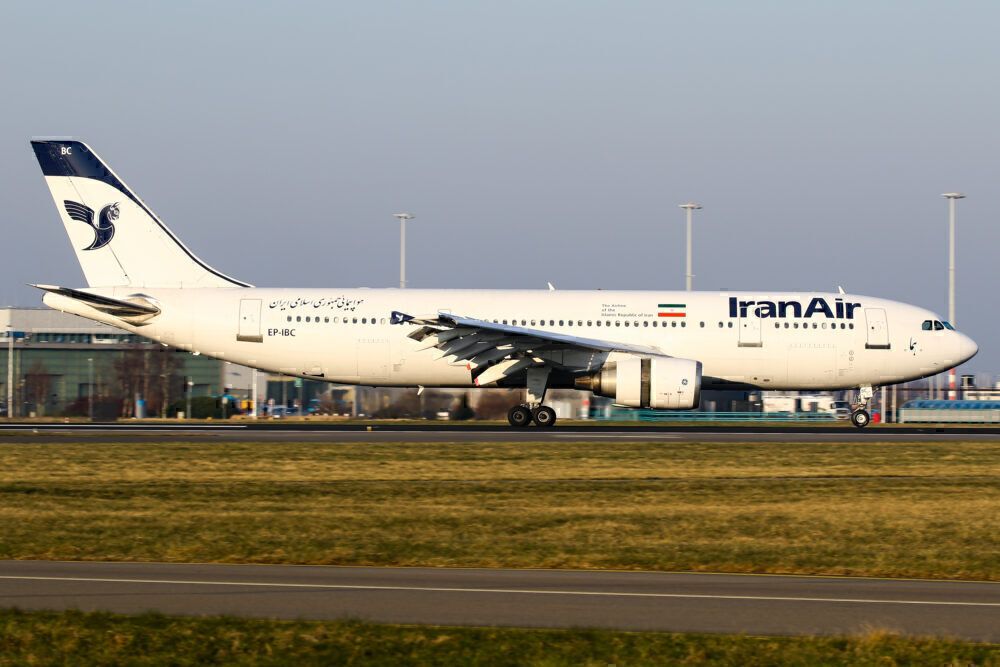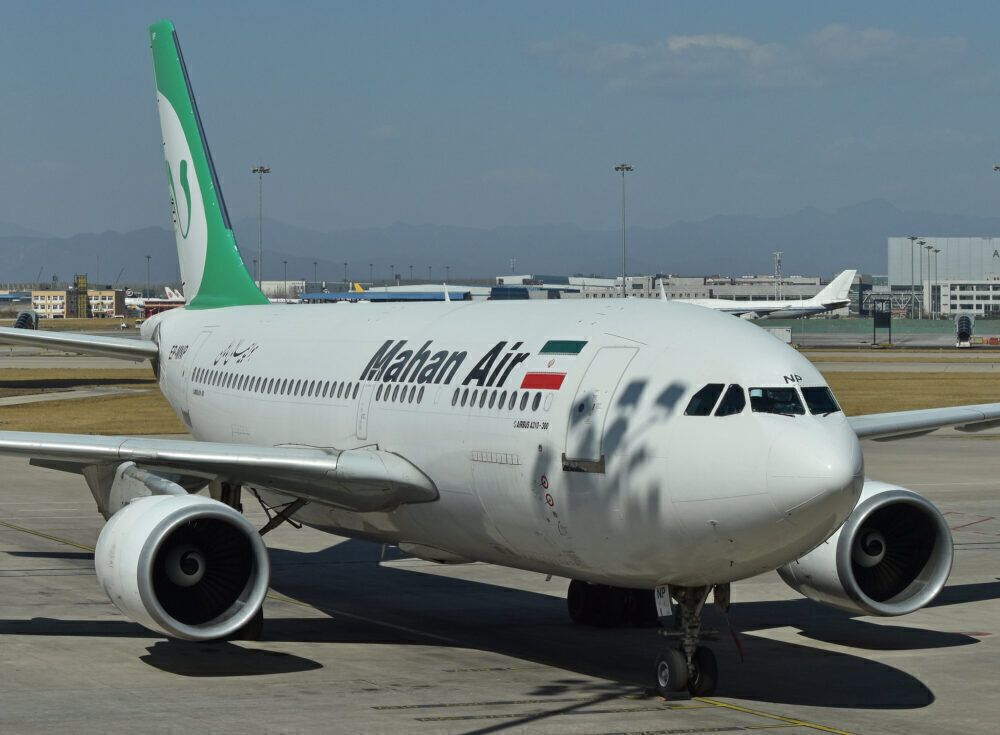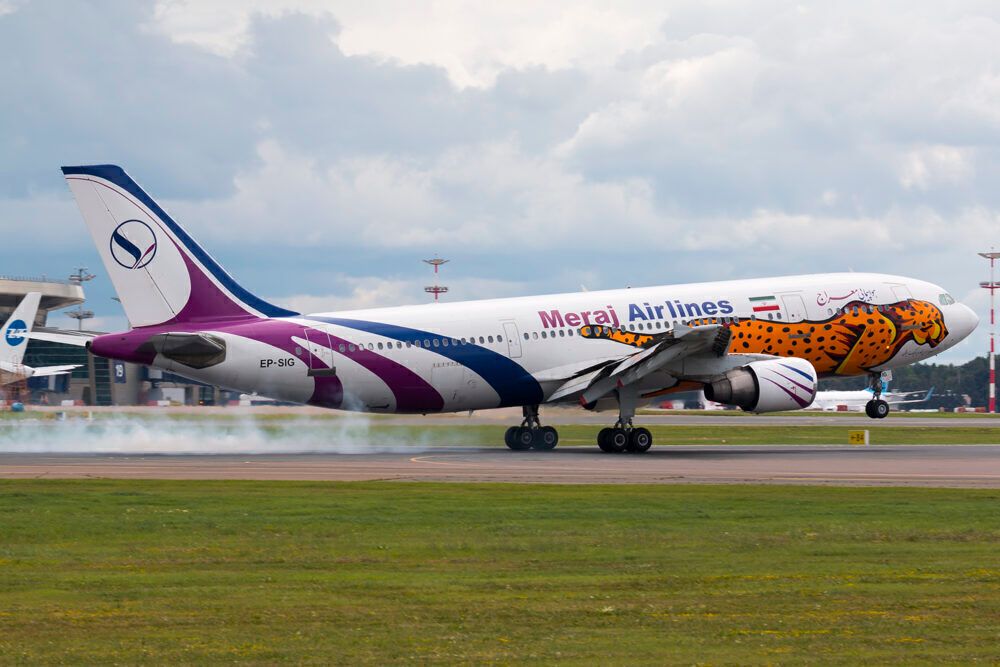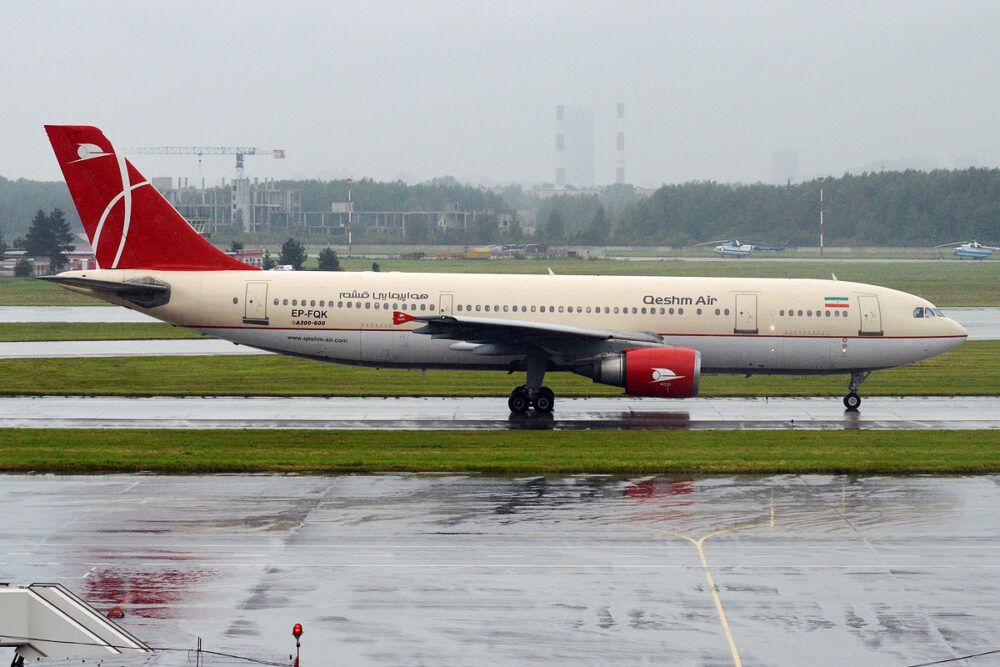After more than three decades of successful production, the A300 is now becoming a rare sight in our skies. Some 170 aircraft remain flying, quite a feat given their age, but just 11 of these still fly passengers onboard. Here are the five airlines still operating the A300 for passengers.
The last five operators
The Airbus A300 was a game-changing aircraft when it was first developed. It was the first twin-engine widebody airliner, and was launched by Air France in 1974. Over the 30 years it was in production, 567 aircraft were delivered to 22 different carriers, according to data from ch-aviation.
Today, around 170 A300s are still in service, despite their age. The vast majority, however, are cargo aircraft. In fact, only 11 aircraft are still in passenger service, operated by just five airlines. Here’s where you’ll find them.
Iran Airtour Airlines
Based in Tehran, Iran Airtour Airlines is one of Iran’s private airlines, and has been in operation since 1973. It was established by Iran Air with the aim of becoming a leisure-focused carrier, flying to destinations including China, the UAE, Singapore and Malaysia.
However, the airline has largely stopped flying internationally now, with only Istanbul remaining on its scheduled services today. The rest of its destinations are domestic, with 13 airports served.
According to ch-aviation, Iran Airtour actually has four A300-600s in its fleet. However, two are listed as ‘inactive’ and stored. The two that still fly for the airline today are EP-MNI and EP-MDU.
EP-MNI is a 34-year-old A300-600, first delivered to Lufthansa in 1987. It flew for Mahan Air from 2009 until 2020, and was transferred to Iran Airtour Airlines in April last year. It has 200 economy and 30 business class seats.
EP-MDU is slightly younger, at just over 30 years of age. It was built for Emirates in 1991, but went on to fly with Lufthansa from 2001 to 2009. It too spent some years with Mahan Air, but was transferred to Iran Airtour in May 2020. This aircraft is an A300-600R, an increased range version which has an additional fuel tank in the tail. It seats 280 passengers, 256 in economy and 24 in business.
IranAir
IranAir is actually the biggest operator of the passenger A300 today, but it’s still a very modest fleet. Just three aircraft currently fly for IranAir, although ch-aviation notes that eight are under the ownership of the airline, but five are parked.
The oldest of the three is EP-IBS, notching up an incredible 41 years of inflight service! It first flew in 1980, and was delivered to IranAir new in April that year. It is an A300B2, the first production version of the type, with General Electric CF6 engines. It seats 277 in an all-economy layout.
The next oldest is EP-IBG, a 36-year-old A300B4. The B4 was the major production version of the A300, which featured a center fuel tank for increase capacity and new wing-root Kruger flaps. It was delivered new to IranAir in December 1986, although its first flight was two years before that. It seats 237 in economy and 17 in business for a total passenger capacity of 254.
The relative spring chicken of the fleet is EP-IBB at just 27 years old. This is an A300-600R, with capacity for 257 passengers across 240 economy and 17 business class seats. It also arrived new to IranAir from Airbus, delivered in December 1994.
Mahan Air
Another privately-owned Iranian airline, Mahan Air, is also a proud operator of two passenger A300s. Its fleet number totals seven of the type, but five A300-600s are marked by ch-aviation as stored.
EP-MNJ was the first to arrive at Mahan Air, taken after Lufthansa’s operation of the aircraft between 1987 and 2009. It’s an A300-600, slightly longer than the B2 and B4, with higher power CF6-80 engines onboard. It seats 280 passengers across 256 economy and 24 business class seats.
The other A300, EP-MMO, is a relative youngster at just 18.7 years of age. This one is the A300-600R with slightly greater range. It was delivered new to Japan Airlines in 2002, and had a brief stint with Kyrgyz Trans Avia from 2011 to 2014 before it arrived at Mahan Air. It seats 280 passengers also, in the same configuration as MNJ.
Meraj Air
Staying in Iran (are you sensing a theme here?) Meraj Air operates a very small fleet of just five aircraft. Two are A300s, although one is currently in maintenance. Right now, Meraj Air is flying just one A300-600R, registered EP-SIG.
This 26-year-old A300 has a rather eye-catching Asiatic Cheetah livery, and has the Pratt & Whitney engine option, the PW4000. It was originally delivered to China Northern Airlines in 1995, and has been through the hands of Korean Air, China Southern and Saha Air before it arrived with Meraj in 2016.
EP-SIF, although currently in maintenance, is likely to return to service for the airline in the future. It is a 25-year-old A300-600R, originally delivered to Korean Air in 1996. Both aircraft fly 266 passengers across 248 economy and 18 business class seats.
Qeshm Airlines
Our final A300 passenger operator is Qeshm Air, another Iranian airline. It has four A300-600Rs in its fleet, but two have been taken out of service in order to be converted to cargo operations.
EP-FQK and EP-FQN are to remain passenger aircraft. They are 30 and 26 years old respectively, and neither came to the airline new. FQI was originally delivered to Compass Airlines in Australia, and spent time all over the world, including with Pacific Airlines, Air Niugini, Onur Air and Regionair in Singapore, before coming to Qeshm in 2013.
FQN was delivered to Air Afrique in 1995, and moved to Kyrgyz Airlines and Onur Air before being delivered to Qeshm in 2013 also. Both are configured in an all-economy layout with 316 seats in a 2-4-2 configuration.
Have you flown an A300 as a passenger? Let us know in the comments!

